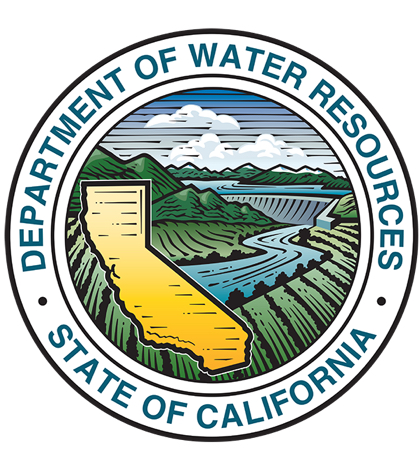The California Department of Water Resources (DWR) is reporting that statewide efforts to track groundwater information from the state’s 127 high-and-medium-priority groundwater basins has reached an all-time high of 94 percent participating. These basins are now fully monitored and more than 1.5 million groundwater elevation measurements from these basins, throughout the state, have been entered into the online system managed by DWR in partnership with local water agencies.
Some 40 percent of the state’s water comes from groundwater in a typical year. Farms and urban areas rely more heavily on the underground aquifers in drought years – such as California has experienced in the past four years.
The California Statewide Groundwater Elevation Monitoring Program – CASGEM – provides vital information to understanding groundwater conditions in the state. A new CASGEM status report was recently made available to Gov. Jerry Brown and the Legislature.
Accomplishments described in the CASGEM status report include:
- The number of groundwater basins monitored under the CASGEM program increased from 152 at the end of 2013 to 239 by the end of 2015.
- Changes to the system were made to accommodate the ever-increasing amount of data submitted and to improve system stability and functionality.
- Historical groundwater elevation data were incorporated into the online system.
State law requires DWR to coordinate with local agencies to establish groundwater elevation monitoring for all 515 groundwater basins identified in DWR Bulletin 118, California’s Groundwater. The Water Code also requires DWR to make groundwater elevation data widely and readily available to the public.
DWR is also currently working with non-participant local agencies to attain 100 percent program participation for all high-and-medium-priority groundwater basins, along with increased participation for lower priority basins. To be eligible for state water grants, local agencies in high- and medium-priority groundwater basins must participate in CASGEM, with certain exemptions for disadvantaged communities.
The web-based CASGEM system was developed and implemented by DWR to allow local participants to enter their data online and provide public access to the data. Collection and evaluation of this data on a statewide scale is an important element of improved groundwater management.
CASGEM groundwater elevation data are necessary for determining groundwater level and storage trends and the effectiveness of groundwater management measures. CASGEM data were essential for California Water Plan Update 2013 and for reporting drought impacts in response to the Governor’s Executive Orders.
Looking ahead, CASGEM data will be necessary for assessing the impact of the ongoing drought and implementation of the historic Sustainable Groundwater Management Act of 2014, which requires local agencies to bring groundwater basins into balanced levels of extraction and recharge by 2040. The data made available through CASGEM also will help shape the California Water Plan Update 2018 and the next full update of DWR Bulletin 118 in 2020.
An April 2015 Executive Order from the Governor required that local agencies in high- and medium-priority groundwater basins that were not being monitored under the CASGEM program by December 31, 2015 be referred to the State Water Resources Control Board for possible enforcement action.
DWR prioritizes groundwater basins based on such factors as overlying population, total wells, overlying irrigated acreage, reliance on groundwater as a primary source, and impacts including subsidence and water quality degradation.
The most recent CASGEM status report is available at: http://www.water.ca.gov/groundwater/casgem/pdfs/CASGEM_5_year_Report.pdf
 California Water News Daily Your Source For Water News in California
California Water News Daily Your Source For Water News in California


